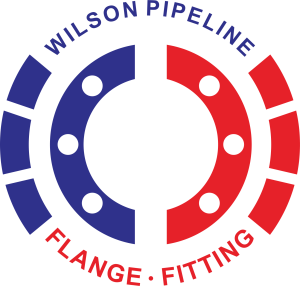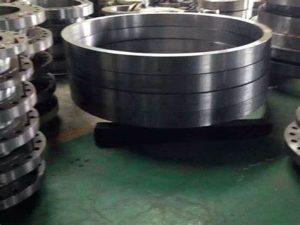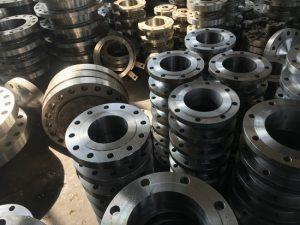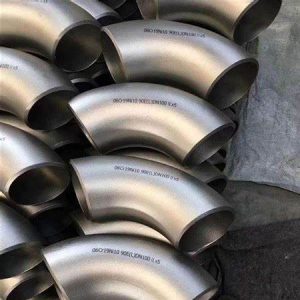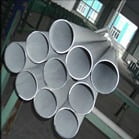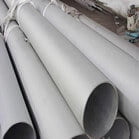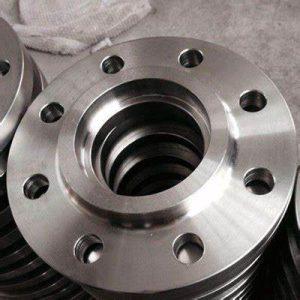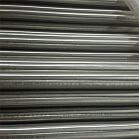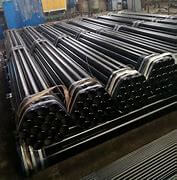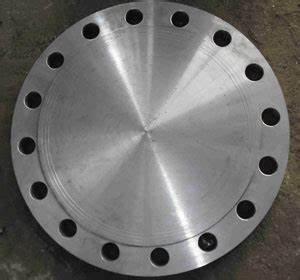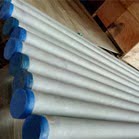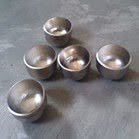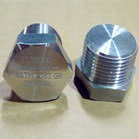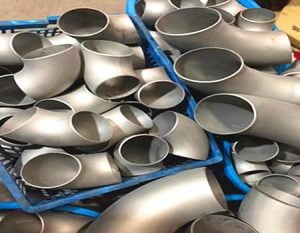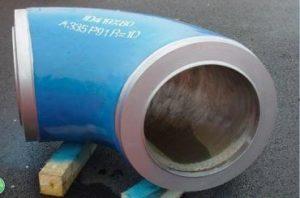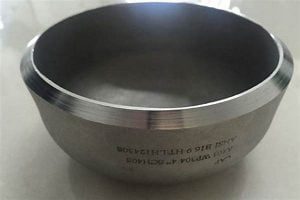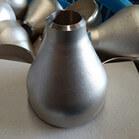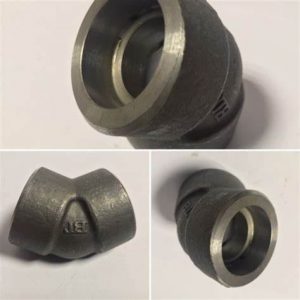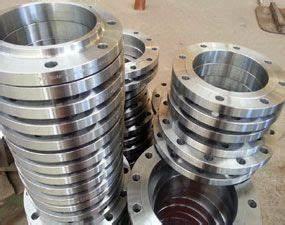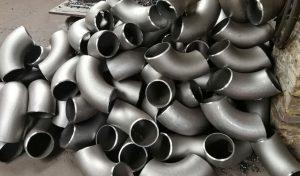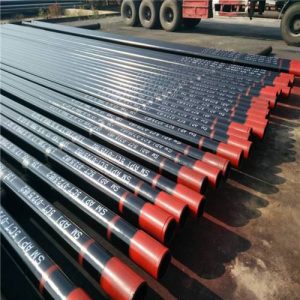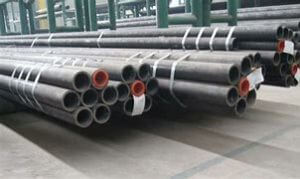What are some factors to consider when selecting a duplex stainless steel for marine engineering?
When selecting a duplex stainless steel for marine engineering, there are several factors to consider, including: 1. Corrosion resistance - Marine environments are highly corrosive, and therefore, the duplex stainless steel must have excellent corrosion resistance to withstand the harsh conditions. Factors such as temperature, salinity, and exposure to chemicals and pollutants can affect the corrosion resistance of the material. 2. Strength - Marine engineering applications often require materials that have high strength and toughness to withstand the high stresses and pressures involved. [...]
Which duplex stainless steel brand is best for marine engineering?
SAF 2205 is a duplex stainless steel brand that is commonly used in marine engineering applications due to its excellent corrosion resistance and high strength. Here are some of the reasons why SAF 2205 is a popular choice for marine engineering: 1. Corrosion resistance - SAF 2205 has excellent corrosion resistance in seawater and other aggressive marine environments, making it suitable for use in marine engineering applications such as offshore structures and pipelines. 2. High strength - SAF 2205 has high strength and [...]
What are some common applications of duplex stainless steel 31803?
31803 is a grade of duplex stainless steel, also known as UNS S31803 or 2205. It is a two-phase microstructure consisting of both austenitic and ferritic phases, which gives it a combination of high strength and excellent corrosion resistance. Duplex stainless steel 31803 is widely used in various industries, including oil and gas, chemical processing, and marine applications. Some of the key properties of duplex stainless steel 31803 include: 1. Corrosion resistance - Duplex stainless steel 31803 has excellent resistance to corrosion, stress [...]
What are the most common non-destructive testing methods for pressure equipment?
Non-destructive testing (NDT) methods are used to evaluate the integrity of pressure equipment without damaging or altering the equipment. Here are some of the most common NDT methods used for pressure equipment: 1. Ultrasonic testing - Ultrasonic testing uses high-frequency sound waves to detect internal defects or flaws in pressure equipment, such as cracks or voids. This method is commonly used for testing welds, piping, and pressure vessels. 2. Radiographic testing - Radiographic testing uses X-rays or gamma rays to detect internal defects [...]
What are some common industry standards for pressure testing?
Pressure testing is a method of verifying the strength and leak-tightness of a pressure vessel, piping system, or other equipment that is designed to contain pressurized fluids or gases. The purpose of pressure testing is to ensure that the equipment is safe and reliable under normal operating conditions and to identify any potential leaks or weaknesses in the system. There are several methods of pressure testing, including hydrostatic testing, pneumatic testing, and helium leak testing. Here is a brief overview of each method: [...]
What are some factors to consider when installing 304 stainless steel flanges?
Here are some factors to consider when installing 304 stainless steel flanges: 1. Flange design and type: The selection of the appropriate type of flange depends on the specific requirements of the application, such as the pressure rating, temperature, and fluid type. It is important to ensure that the flange meets the necessary standards and specifications for the intended use. 2. Gasket material: The gasket material is an important consideration when installing flanges. The gasket is used to provide a seal between the [...]
What are the advantages and disadvantages of each type of 304 flange?
A 304 flange is a type of flange made from 304 stainless steel, which is a commonly used austenitic stainless steel alloy. Flanges are used to connect different sections of piping or equipment together, and are often used in applications where high pressure or high temperature fluids are present. 304 stainless steel is a popular material for flanges due to its excellent corrosion resistance, high strength, and good weldability. It is often used in applications where the flange will be exposed to harsh [...]
What are some common applications of duplex stainless steel in the chemical processing industry?
Duplex stainless steel is a type of stainless steel that has a two-phase microstructure consisting of both austenitic and ferritic phases. This unique microstructure gives duplex stainless steel a combination of high strength and excellent corrosion resistance, making it suitable for a wide range of applications in various industries. The two-phase microstructure of duplex stainless steel is achieved by adjusting the composition of the steel to include a balanced amount of austenite and ferrite. This results in a material that has higher strength [...]
What are some common materials that meet NACE standards?
NACE is an acronym that stands for the National Association of Corrosion Engineers, which is now known as NACE International. NACE International is a professional organization that is dedicated to the study and prevention of corrosion in various industries, including oil and gas, chemical processing, and marine. In the oil and gas industry, NACE often refers to NACE MR0175/ISO 15156, which is a standard that addresses the resistance of materials to sulfide stress cracking (SSC) and hydrogen-induced cracking (HIC) in sour service environments. [...]
stainless steel 304 pipes
Stainless steel is a form of steel that has been hardened and can subsequently be used in various ways, is the substance used to make SS 304 pipes. The pipe becomes stronger and more resilient thanks to this treatment than other kinds of steel. How stainless steel 304 pipes are made 304 stainless steel pipes are made using continuous casting. Even though it is an expensive and time-consuming process, stainless steel 304 pipes cannot be manufactured in any other way. The continuous casting process [...]
